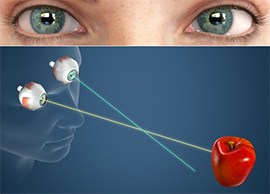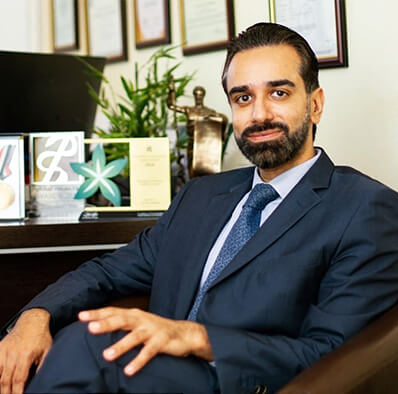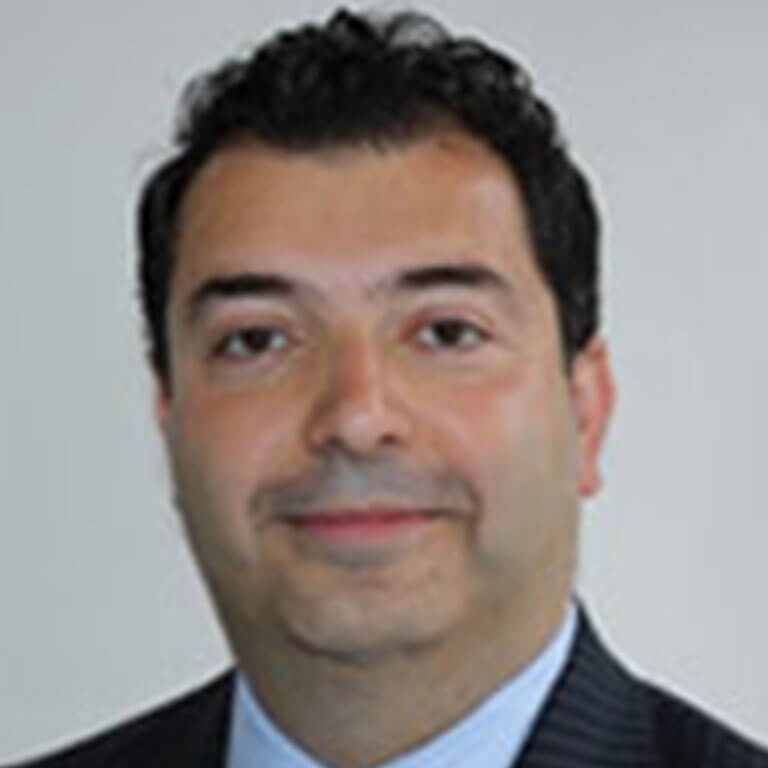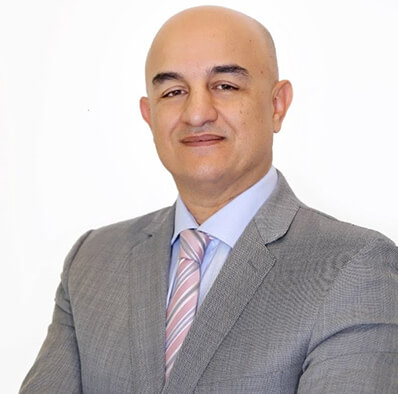Strabismus Management
Strabismus Surgery Hospital in Dubai
- Home
- Pages
- Strabismus Management
Lazy Eye Treatment & Diagnosis

Those diagnosed with strabismus have mis-aligned eyes, due to lack of coordination between the extraocular muscles. This can lead to improper double vision. Our ophthalmologist here can help correct this with a combination of eyeglasses, vision therapy and surgery.
Receive top eye treatment at the best Eye Hospital in Dubai, Imperial Healthcare Institute. Our expert team provides various skin and eye surgeries at affordable prices.
What is Strabismus?
Strabismus is used to describe the disorder where the eyes do not line up together in the same direction. Six different muscles surround the eye and work together to ensure both eyes can focus on the same object. In someone with strabismus, these muscles do not work together. As a result, one eye looks at one object, while the other eye turns in a different direction and is focused on another object. The squinting eye can turn inwards (convergent), outwards (divergent), up or down. When squinting occurs, two different images are sent to the brain, one from each eye. This confuses the brain, and the brain may learn to ignore the image from the weaker eye. Someone with strabismus may also experience difficulty with depth perception.
Types of squints:
The most common types of squint are as follows:
- Infantile squint: This type of squint occurs within the first few months of life.
- Accommodative squint: This occurs in children who are long sighted. The eyes can focus very hard to overcome the long sight, but as a result the eye over converges (turns in) and a squint develops. The age of onset for this type of squint varies from 2-6yrs.
- Abnormal vision: If your child has reduced vision in one or both eyes a squint can develop.
- Illness: Sometimes squints become obvious after a childhood illness e.g. chicken pox or measles. This is rarely the cause but the poor general health has reduced the ability to control the eyes and the result is a squint.
Strabismus can also be seen in adults when there is presence of other disorders such as, brain & nerve disorder, diabetes, injuries to eye and tumor in the eye or brain.
What are the implications of a squint?
Amblyopia (lazy eye) – If a child develops a squint he/she ‘switches off’ the eye that turns to avoid experiencing improper double vision. If left untreated the vision can deteriorate and result in amblyopia, also known as lazy eye.
What treatment might my child need?
- Glasses - This is first step in treating strabismus. The glasses should be worn all the time to treat the vision and the squint. Sometimes the glasses will straighten or reduce the squint, specially in the case of accommodative squint.
- Patching - The level of vision is tested at each visit. If the vision in the squinting eye becomes amblyopic (lazy), you will be advised to patch the good eye to encourage the squinting eye to work. Patching must be done in the first seven years of life while the eyes are still developing. The earlier the patching is started the better the result. While the child is patched the lazy eye will appear straight; this is because the eye is being forced to do more work. This is not treating the ‘turn’ but ensuring that the vision is developing normally in the squinting eye. The eye is likely to return to the turned position when the patch is removed.
- Exercises - There are a few squints in older children that respond to exercises to improve the control.
- Surgery - If the eyes still do not move correctly, you may be advised that surgery is the best treatment for your child. This will help re-align the eyes, improving the control of the squint and improve the cosmetic appearance of the squint.
For Appointments
Please feel welcome to contact our friendly reception staff with any general or medical enquiry call us.
Opening Hours
Sunday* 10.30 AM – 3.30 PM
Meet Our Doctors
Our medical and support staff hold expertise in their respective fields and are will assist your medical needs with care and compassion




